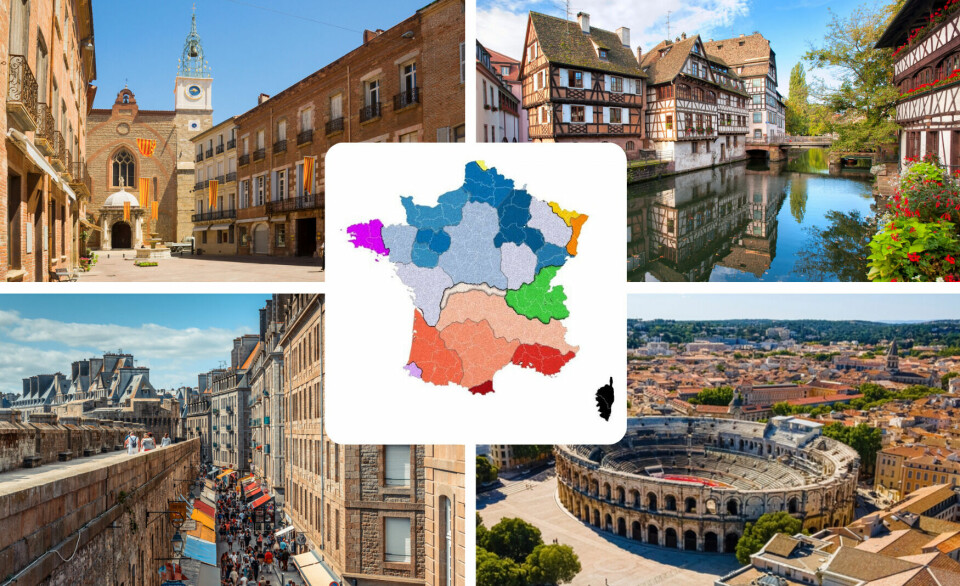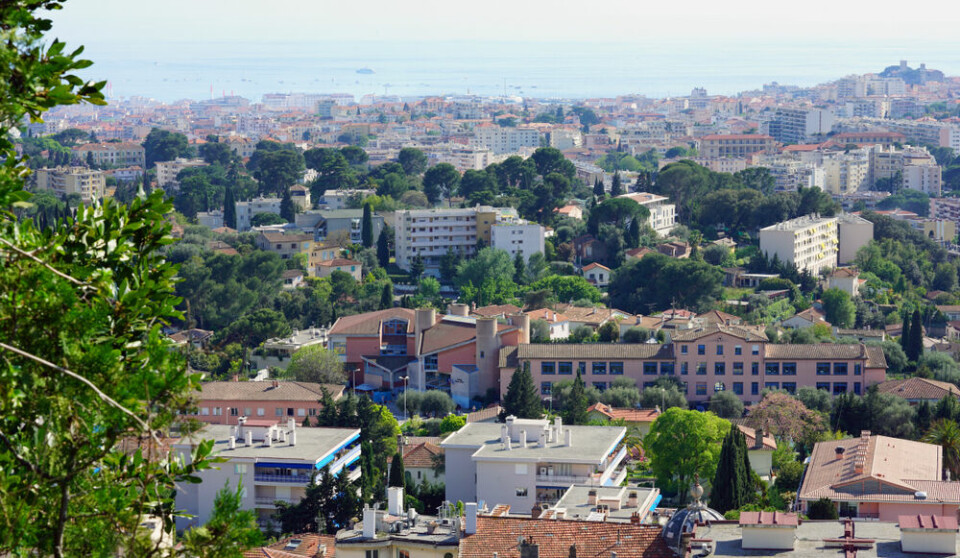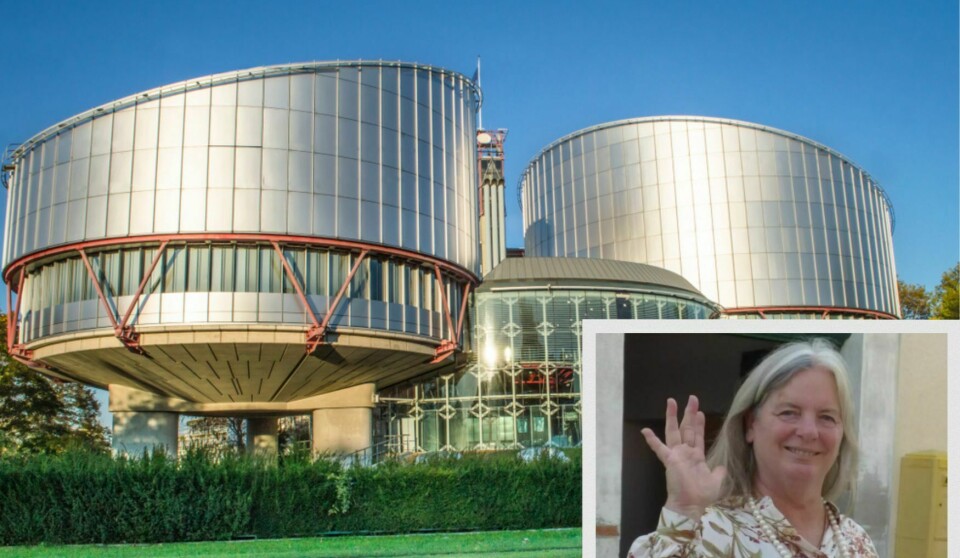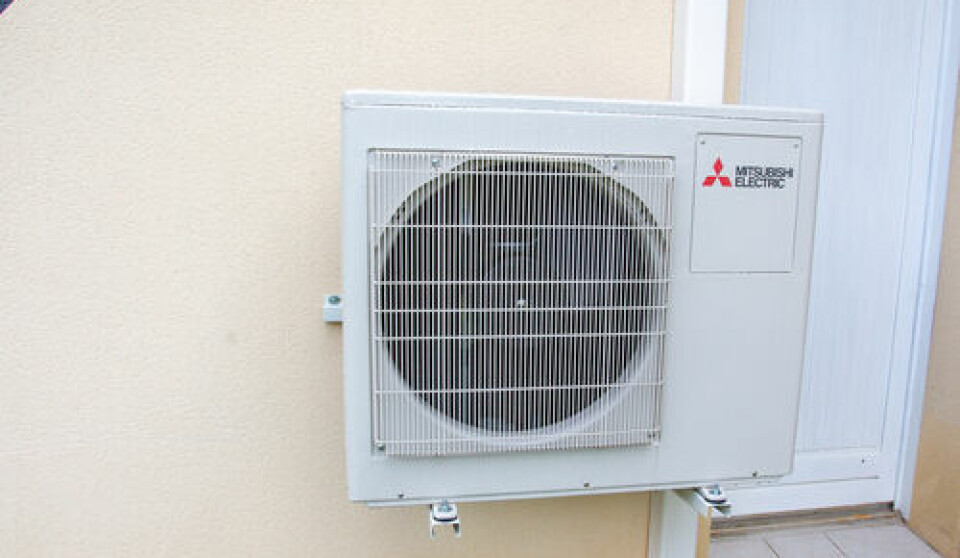-
New UK/France border checks: visas, residency cards and which queues?
The Entry/Exit System does not concern everyone, but the delays it causes might
-
Platisme, masculinisme: The French words added to Larousse dictionary
The 2025 edition includes some words that come straight from English, as well as many environment-related terms
-
Reopening of France’s A13 motorway delayed as new cracks discovered
Traffic built up on neighbouring roads - but the empty lanes were not completely deserted…
Summer 2017 was second hottest since 1900
As the sun sets on the meteorological summer of 2017, national forecaster Météo-France reveals that only the same period in 2003 was warmer

The summer of 2017 was the second hottest since 1900, figures from national forecaster Météo-France have revealed.
Temperatures were an average of 1.5C above normal for the three months from June 1 to August 31 - classed as summer in meteorological terms. That puts it on a par with the summer of 2015 and ahead of 2006, which ranks fourth on the list, but well behind the same period in 2003, when temperatures were, on average, 3.2C hotter than normal.
The 2003 period was marked by a two-week heatwave that led to the deaths of 15,000 people.
The southeast of the country and Mediterranean coast bore the brunt of the heat that have sent average temperatures soaring. An unexpected early heatwave in June meant the month's average mercury reading was 2.7C higher than normal.
A mixed July kept the seasonal average down, but the month still saw two heatwaves, before a week-long spell of high pressure in early August, saw temperatures soar again, notably in the southeast - to set a new monthly record.
Rainfall across the country was 10% lower than expected, Météo-France said, with close to no rain at all in Mediterranean areas.
But, with temperatures returning to seasonal norms in early September, it is unlikely that the calendar summer - June 20 to September 21 - will break into the top three hottest summers, currently held by 2003, 1947 and 2006.
Seasonal temperature and weather averages in France are calculated using data from the 30-year period between 1981 and 2010.
Stay informed:
Sign up to our free weekly e-newsletter
Subscribe to access all our online articles and receive our printed monthly newspaper The Connexion at your home. News analysis, features and practical help for English-speakers in France























